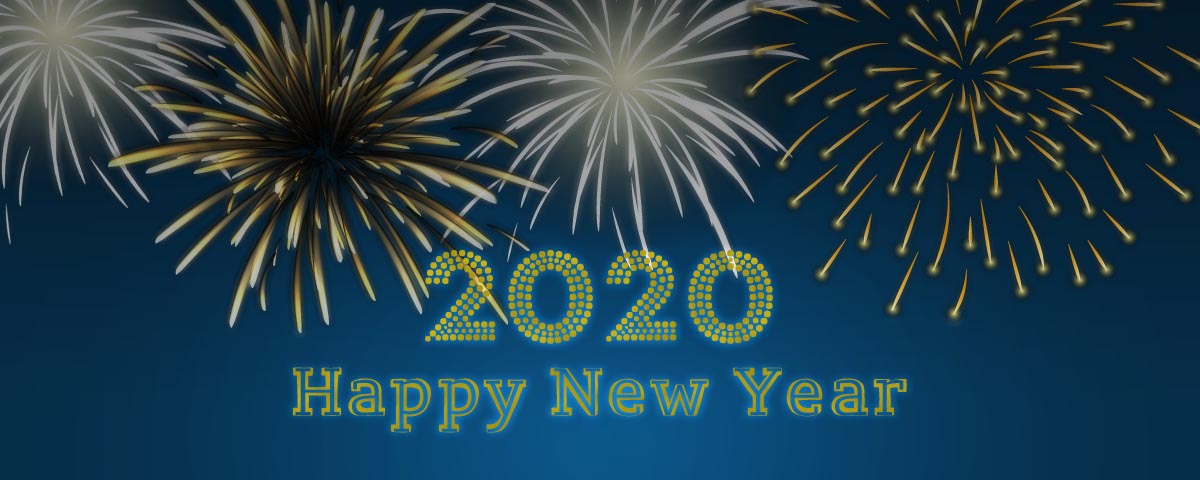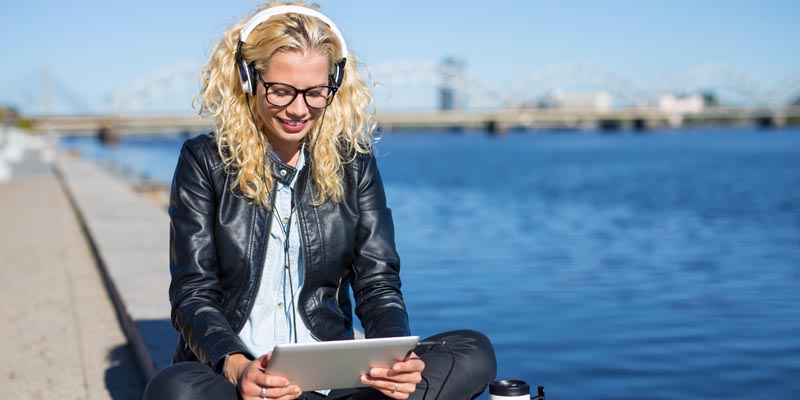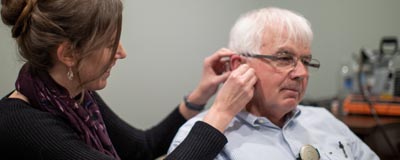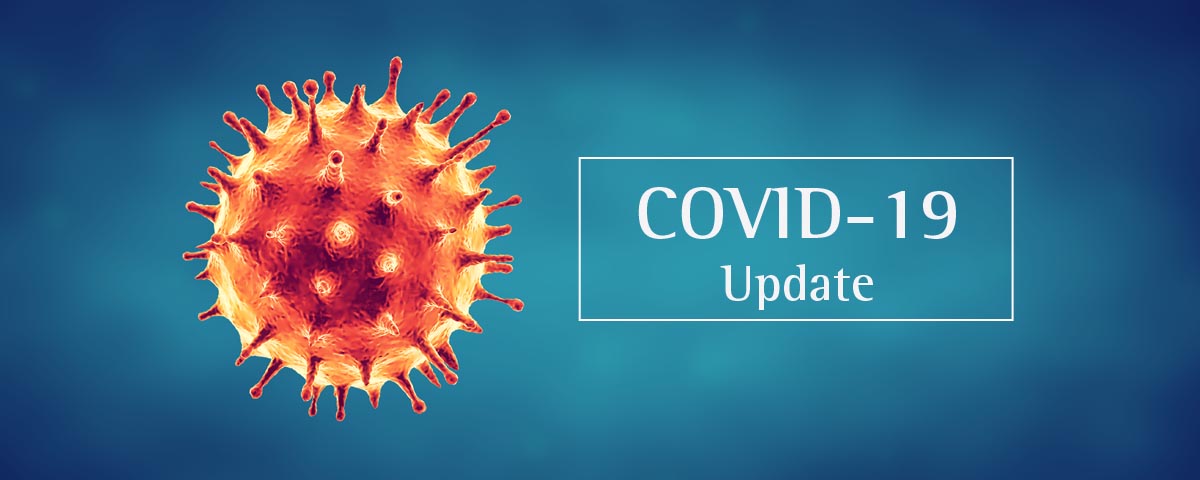Hearing health may not seem like the most obvious choice for a New Year’s resolution, however making your hearing a priority can have long-term health benefits. Advocacy for hearing health is on the rise. There are numerous long-term health conditions that have strong ties to your hearing. These include:
- Genetics
- High blood pressure
- Heart disease
- Dementia
- Diabetes
- Ototoxic medications
- Loud Sudden Noise (explosions)
- Prolonged exposure to loud noise
We’ve outlined some simple steps to improve your hearing and overall health in the New Year.
How to know when it’s time to have your hearing tested?
Checking your hearing at any age is a great routine to establish. Hearing health care professionals recommend testing your hearing every 2-3 years. It is especially important for individuals who are at higher risk of hearing loss such as individuals over 50 years of age, anyone experiencing ear problems, individuals who work in noisy environments, and individuals who perform music or who listen to it at high volumes for long periods of time.
Hearing loss is silent and goes unnoticed. Unlike vision, or dental problems, hearing loss is a slow progressive degeneration of our inner ear cells. On average it takes an individual 7 years to admit they have a hearing loss and seek help for it. Here are some tell tale warning signs to look out for. Although uncommon, hearing loss can be sudden in certain cases, which should be assessed immediately.
Warning Signs
- Raised volume on the TV
- Missing parts of conversations
- Requesting repetition
- Ringing sensation in the ear
- Increased frustration communicating with loved ones
- Social withdrawal
Protect your ears
Everyone is being affected by environmental noise, however it’s how we all choose to deal with it. Today, better noise protection is provided in environments where required, especially in the workplace. However, listening to music through earbuds, going to exercise classes, concerts, bars and even sporting events are all examples of places we are not protected. What a lot of people misinterpret is that health care professionals are warning about the immediate potential risk of hearing loss, not 20 to 50 years from now. The World Health Organization calls environmental noise an “underestimated threat”. When listening to music in challenging environments, we tend to increase the volume to compensate for the surrounding ambient noise. The levels we play our music at can cause irreversible damage to our hearing in a very short period of time.
Earbuds
Ear buds sit it the lower portion of the bowl of the ear and do not block out external noises such and traffic or bus/train noise. Therefore, in order to hear the music clearly, you are forced to increase the volume of the music player. Listening to increased volume for over 30 minutes can cause immediate damage to our hearing cells. The solution is simply a different style of wearable technology. Sound Isolating Headphones or Noise-Cancelling Headphones are both excellent choices for sound quality and hearing protection. There is a general assumption that lower volume equals poor sound quality. However, a good set of headphones allow you to hear more detailed nuances in the music without the damaging volume. Here is a Popular Science article that discusses the dangers of headphones.
Exercise Classes
Based on a study Vox performed they found that fitness classes such as Cyclefit or alternative Spin Classes have deafening volumes during the class. Their reasoning is it improves group motivation for some of the harder pieces throughout the work out, and allows people to follow the beat. However, the recorded sound levels at several different cycling studios averaged 100 decibels for a 1 hour class. For more on the study click here.
Outdoor athletes
If you’re an avid athlete, make sure this year that your ears are protected when you go out and get physical. If you participate in winter sports such as skiing, snowboarding or ice hockey, wear warm ear muffs or a hat under your helmet to fight off infections and avoid the development of bony lumps and growths in the ear canal from the cold called Surfer’s Ear.
Concerts
Concerts are always an enjoyable time, but depending on your positioning at the venue your ears could be in danger. Most concerts play at 110dB. If you’re standing close to the speakers that volume you are exposed to could be significantly louder. Make sure to protect your ears or take breaks from the concert.
Hearing Protection
If you’ve gotten in the habit of plowing the driveway or mowing the lawn without wearing proper hearing protection, make a point of using earplugs and ear muffs this year. Custom hearing protection can offer a comfortable fit and dampen noise up to 28dB. Any noise above 85dB for extended durations causes permanent hearing damage. Concerts, sporting events and outdoor machinery can all produce noise above this level.
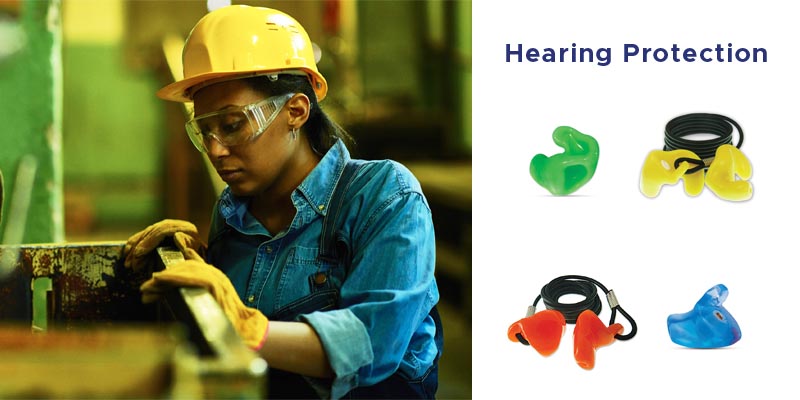
Happy New Years from the Davidson Hearing Aid Centres Team. Make the sound decision to maintain healthy hearing in the New Year!

